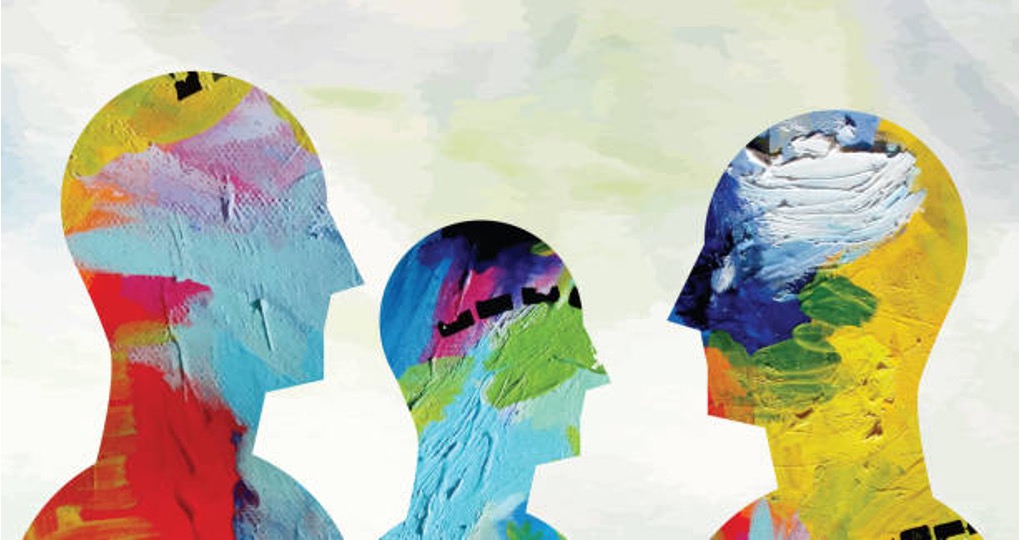Meet the Makers Blogs
“Grasping Theatre With Your Hands, Your Nose, and Your 31 Other Senses” – Selma Visscher

On December the 6th, as part of the Meet the Makers sessions, Grace Boyle spoke about her work as a multisensory storyteller. She states that human beings don’t have 5 senses, but up to (at least) 33. She talked about how this multisensory principle comes into being in her artistic work. In her performances, she is on the look for new ways to experience our world. Both virtual reality, augmented reality, and extended reality play an important part in this approach. Where virtual reality presents an alternate reality, augmented reality tries to deepen the sensory experiences we have in reality by using technological devices. And finally, extended reality is a mix between ‘VR’ and ‘AR’. By using these techniques, Boyle sees the opportunity to tell different stories and to highlight other aspects of stories.
Where the vast majority of performances are focused on hearing (human voices, music), and sight (what is happening on stage), very few performances address the other senses. And this is exactly the aim of Boyle. Moreover, when human beings have that many senses, it seems rather silly nót to speak to all these other ones. Boyle’s multisensory outline is a radically different approach towards theatre. But does such an approach also imply radically different stories? Or is there a way makers, creators, and producers can retell existing stories in a multisensory framework?
How would the famous play Gijsbrecht van Aemstel (1994) look like when it would not be solely text and visuals? Could the siege of Amsterdam be made clear by letting the audience feel the heat of the fire, and the trembling of the foundations of the city? And if we replace the famous text (‘Het hemelsche gerecht / heeft zich ten lange lesten / Erbarremt over my, en mijn benaeuwde / vesten’) by a cold breeze while walking on the ruins of the city via a VR-headset. No doubt these triggered senses would enrich the theatrical experience. By activating other senses than our sight and our hearing, the audience would be able to interpret the story on a more close, intimate level. Note that not only our brain memorizes experiences, also our muscles and our nerves have a memory. When we visit a performance, we are not only exposing our eyes and our ears to unknown worlds; we are just as much doing so for the rest of our body. But while sitting in the red pluche, our thermoreception, and our touch are hardly addressed. (Although it must be said that there are some highly interesting exceptions.)
A basic first step is to rethink the idea of a theatrical space. When you enter the theatre, you will notice that you are visiting a comfy black box, cut off from the outside world. In the theatre, you have no clue of the outside temperature, of the traffic, or (more or less) the people with whom you are in the same room. But why would we not enrich our stories with more layers of meaning, based on different layers of experiences? To stay with Gijsbrecht, what would it mean for the story, if the audience was not sitting in the city theatre, but instead standing outside. Surrounded by their own city and their fellow men, feeling the cold through their hair and the fatigue in their legs.
Retelling stories is of course linked to the idea of a canon, a national or classical list of works that suggests a certain (unchanging) quality, and status. It can be politically precarious to alter canonized stories. But, especially when we speak of older stories and narratives, the culture in which these stories are embedded can be quite unfamiliar to a contemporary audience. Speaking to the audience in a more bodily fashion and with the help of modern technology, for example through multisensory storytelling, can enhance our understanding of different cultures or histories, in a way we are bound to understand it.

